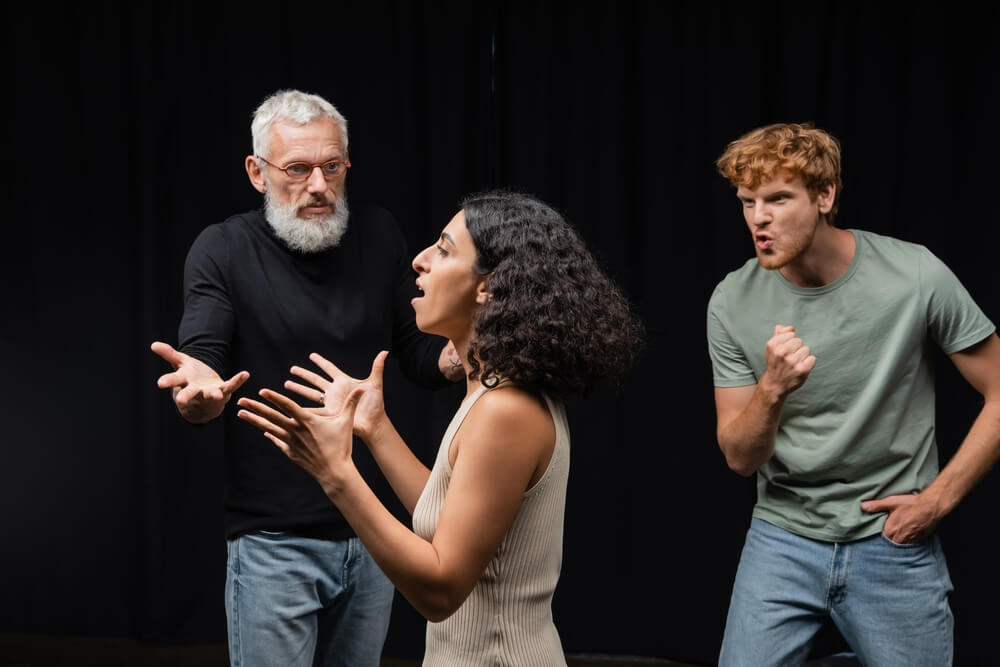How to Create Media Requests That Get Results
Media requests may not seem all that complicated, but knowing what to ask for and how to ask for it is a skill that you can sharpen. Today, we’re taking a look at best practices for media requests to help you fine-tune your approach and get exactly what you need without wasting anyone’s time – including your own.
What is the best kind of media to request for my project?
When to ask for photos
When physical appearance is the most important criteria for your project, ask for photos. Some examples of projects for which photos are best include modeling, print or close-ups of a physical attribute such as hands. Sometimes, all you really need to see is a selfie.
When to ask for videos
If the role you are casting has sides to read, or if a special skill is required, that’s when you should ask for videos. For example, If you need a figure skater, then you probably need to get a sense of their skills and requesting a video makes sense. Likewise for any speaking roles.
When to ask for audio
Requesting audio is ideal when the sound of someone’s voice is the primary attribute that you need. Examples of suitable audio projects include voiceovers for commercials or casting for the voice of an animated character.
One final note for this section: If your project requires talent to sign a non-disclosure agreement, a PDF will be the best medium for it.
What are the file requirements for each type of media?
Casting Networks accepts uploads that meet the following criteria:
| Media Type | File Type | Max File Size | Dimensions |
| Photo | JPG, JPEG, GIF, PNG | 30 MB | 360 x 360px (minimum) |
| Video | MP4, MOV, M4V | 600 MB | – |
| Audio | AAC, MP3, OGG | 50 MB | – |
Best practices for media requests
Now that you have a handle on the basics of what types of media to request and when, let’s take a look at some best practices for media requests.
Give clear, concise directions
When sending a media request, be specific about what you need to see. For video and audio files, suggest a clip length. Going back to the figure skating example above, requesting a 1-2 minute video that includes two jumps and two spins is more clear and direct than simply saying you want to see two minutes of ice skating.
Only ask for what you need
Don’t ask for a video when a photo or audio clip will suffice, and limit your directions only to what you need for casting. Cutting down on the fluff you don’t need or want to see is both more efficient for you and more respectful of talent’s time. It’s a win-win.
Reiterate acceptable file types and size requirements
It’s always a good idea to give some direction on what types of files you prefer to see. Using photos as an example, you can ask for PNG or JPG, specify the photo orientation (portrait or landscape) and minimum/maximum dimensions like 800 x 1000.
If you have any additional questions, please visit our support page for more information.
Ready to get started? Log in to your project creator account to send a perfect media request today.
You may also like:
- Jalen Thomas Brooks on Learning From Horror Director Eli Roth on the Set of ‘Thanksgiving’
- Casting Director Victoria Thomas Talks ‘The Morning Show’ and Its New Character
- Casting Director-Turned ‘May December’ Screenwriter Samy Burch Discusses How the Screenplay Changed Her Life




